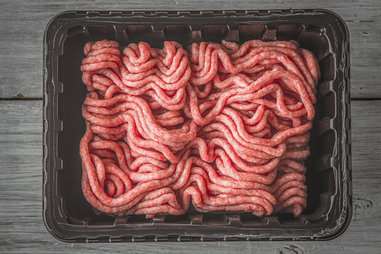Retailers lose over $1 billion annually by having to discount meat
By Liam Nolan & Paul Nolan
A bright red color is a common way consumers try to identify the freshest packs of ground beef. But now researchers are saying a switch to LED lighting from fluorescent lighting can slow grocery-store beef from discoloring over time.
University of Missouri scientists published results of a recent study in the October issue of the Journal of Animal Science. They examined how lighting affects myoglobin (the protein responsible for meat pigmentation) and lipid oxidation.

Retailers typically use fluorescent lighting, however, recent research has shown that fluorescent lights can raise the temperature of meat, speeding up the process of discoloration.
And while LED lights produce less heat, they are less common in stores because of cost and installation.
U.S. Department of Energy stats indicate that only a small percentage of lights in the U.S. now are LED. But, by 2035, the figure is expected to be around 85 per cent. That transition will also lead to major energy consumption drops.
The Missouri study found that the longer the ground beef was in the display case, the more the beef became discolored, regardless of lighting. On each day, a case with no light had more bright red color to the meat than the other two test cases. Intriguingly, on the fifth day, the patties that were kept under the LED lighting kept a better and brighter red color than the patties that were kept under the fluorescent lighting.
Discounting of older meat accounts for losses of over $1 billion annually for U.S. retailers.